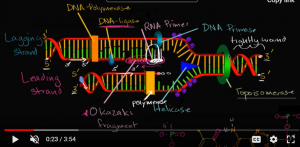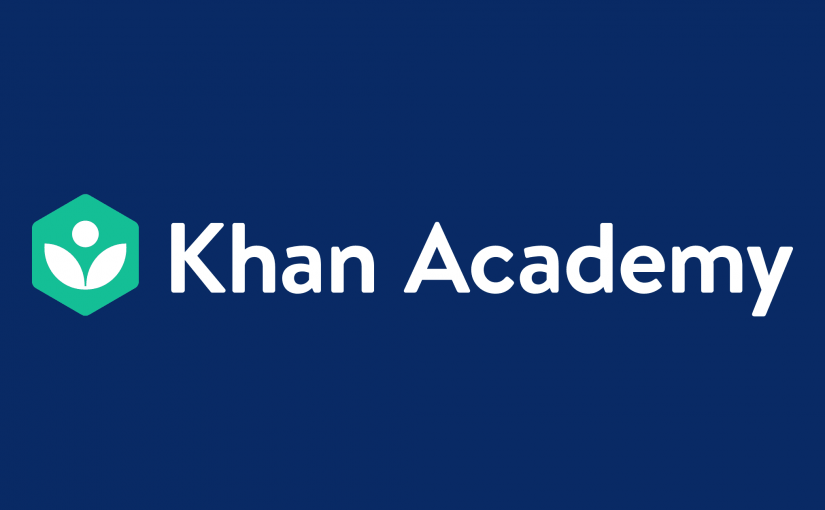Last summer, I wrote the Medical College Admissions Test (MCAT). It’s a standardized test that is used in the admissions process for medical schools across North America. To study for this test, I used many different resources including online videos, in-class lessons, and textbooks. I found that the online Khan Academy videos were by far the most useful. Khan Academy has a series of videos specifically for the MCAT. If you would like to view the Youtube channel with these videos, please click here. The creator, Sal Khan, manages to present complicated topics by breaking them down into digestible lessons. These lessons are presented in free online videos, which are usually ten minutes long or less.
A few weeks ago, we read about effective practices in online learning. This chapter discussed types of communication, planning for flexibility, humanizing online learning, synchronousity, student issues, and grading. A few of these concepts do not apply to my MCAT online learning experience. Even though Khan Academy is a respected educational platform, it not a formal MOOC. Because of this, Sal does not have to plan the curriculum with flexibility in mind, nor is he directly involved in students’ issues or grades. The platform is asynchronous since there is no “live” component. However, I enjoyed this quality because it allowed me to study the material on my own schedule while cross-referencing the information with my textbooks. As I was watching these videos, I was benefiting from student-content communication since I was independently watching an educational video. Even though I never directly interacted with Sal, I still felt like his videos were “humanized”; he narrates the videos and records the visuals as he draws diagrams on the screen. Sometimes he makes mistakes or quickly changes his mind about how to present the information. In these cases, he casually apologizes, erases his mistake, and starts again. These moments give the videos a feeling of authenticity and human interaction. They add an element of student-teacher communication even if the communication is unidirectional. Sal’s personal touches helped me feel more comfortable and engaged with the learning experience. Below is a typical screen shot of a Khan Academy video including a detailed and labeled diagram.

“Sal’s personal touches helped me feel more comfortable and engaged with the learning experience”
More recently, we read a chapter about comparing technology and media using factors such as the SAMR model, media richness, and communicative/broadcast media. The SAMR model describes media as having four potential roles in education: substitution, augmentation, modification, and redefinition. Although these affordances apply most directly to the role of media in formal education settings, I believe augmentation and redefinition still apply to Khan Academy. Khan Academy augmented my MCAT learning experience by using unique audiovisual videos. Sal started recording videos in 2004, when animated online learning was less common than it is now. By pioneering this style of live diagram-based educational videos, he redefined independent learning. As a prospective graduate in a science program, I can attest to his impact. I have met hundreds of other students who have also relied on Khan Academy as a study aid. Even though he uses a broadcast-based medium, his videos are effective because they are rich. His visuals are simple drawings using colour-coded detail. His audio enhances the learning experience by stimulating the learner’s ear with live information that corresponds to his drawings. By combining clear visual and auditory information, Sal creates an immersive learning experience that effective teaches a complicated topic in ten minutes or less. Overall, I am thankful for Khan Academy and all it has done for my generation of learners.
“I have met hundreds of other students who have also relied on Khan Academy as a study aid”
Example: Khan Academy Video, “Role of Sarcoplasmic Reticulum in Muscle Cells”
Attribution
The images and video included in this post were accessed through the Khan Academy website and can be seen at https://www.khanacademy.org/
